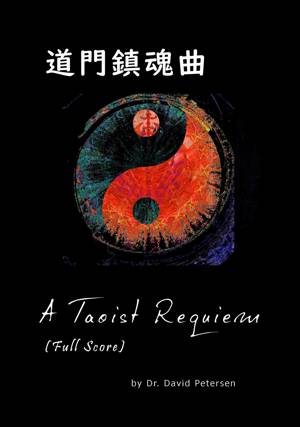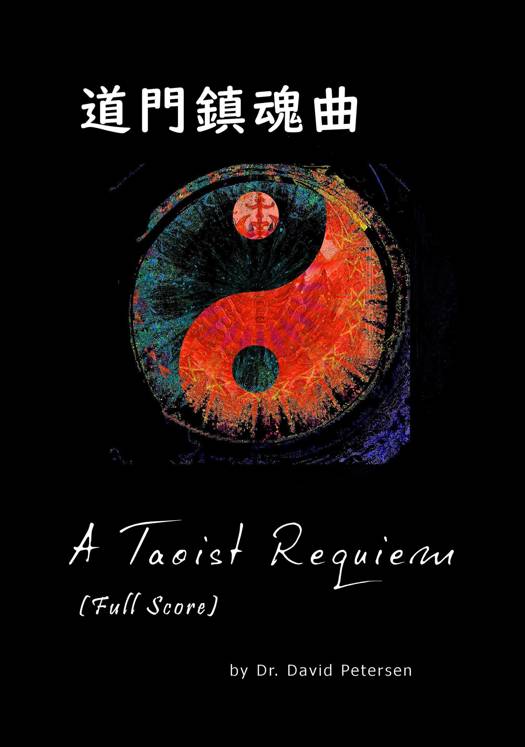
- Retrait gratuit dans votre magasin Club
- 7.000.000 titres dans notre catalogue
- Payer en toute sécurité
- Toujours un magasin près de chez vous
- Retrait gratuit dans votre magasin Club
- 7.000.0000 titres dans notre catalogue
- Payer en toute sécurité
- Toujours un magasin près de chez vous
Description
'A Taoist Requiem' is a moving meditation on life, death, and spirituality from an Eastern perspective. Scored for a diverse ensemble including piano, harp, woodwinds, brass, strings, and wordless choir/soloists, the Requiem journeys through a challenging psychic landscape familiar to us all. Section I (Yin) chronicles the caustic descent into grief. Part 1, "Emptiness," establishes a wrenching desolation through sparse instrumentation and a searing melody for the flute. In Part 2, "Futile Words," the bereaved find their voice, but the phrases circle back on themselves without resolution, and with an undercurrent of anger. Part 3, "Death Withered and Dry," evokes a dark inner world with stark contrasts in dynamics and melodic lines. But darkness has its limits, and that is reached in Part 4, "And Strong Rains Do Not Last the Day," where the ensemble surges into a storm of dissonant chords and accents before retreating into silence. Section II begins the healing process. In Part 5, "A Tree as Large as Your Embrace Grows from a Tiny Seedling," the possibility of hope is suggested by the simple melody as it enlists more and more instruments, like tree rings. In Part 6, "Becoming Sick of Sickness Throws Off Sickness," each instrument in the initial cacophony is systematically entrained and then dissipated, like restless thoughts yielding to quiet attention. Part 7, "Sometimes Gain Through Loss," marks the return of previous motifs but in a brighter key and with an expansive, almost playful acceptance, setting the stage for resolution. This occurs in Part 8, "The Way," which closes the work with a fresh perspective on the score for Part 1. As ethereal harmonies signal journey's end, we realize that in the crucible of grief, the problem of emptiness somehow becomes its own solution. And yet… the final note held by the lone flute is identical to how the requiem starts, inviting the performers to enter into the cycle again, as so often happens in coping with loss. With its unusual scoring, 'A Taoist Requiem' offers both challenges and catharsis, as the music draws us into a contemplation of mortality.
Spécifications
Parties prenantes
- Auteur(s) :
- Editeur:
Contenu
- Langue:
- Anglais
- Collection :
Caractéristiques
- EAN:
- 9798224300372
- Date de parution :
- 20-04-24
- Format:
- Ebook
- Protection digitale:
- /
- Format numérique:
- ePub

Les avis
Nous publions uniquement les avis qui respectent les conditions requises. Consultez nos conditions pour les avis.






